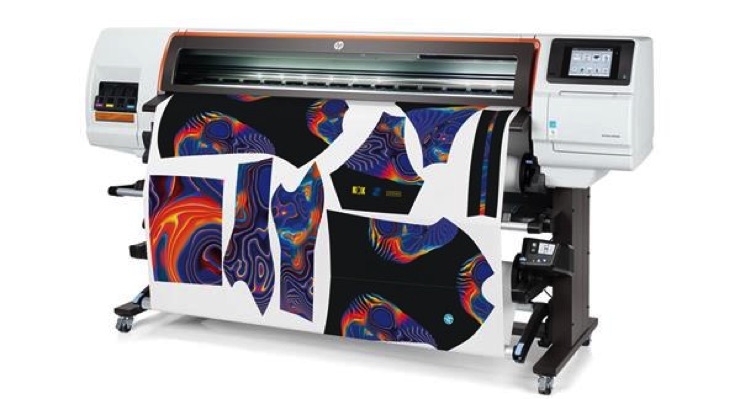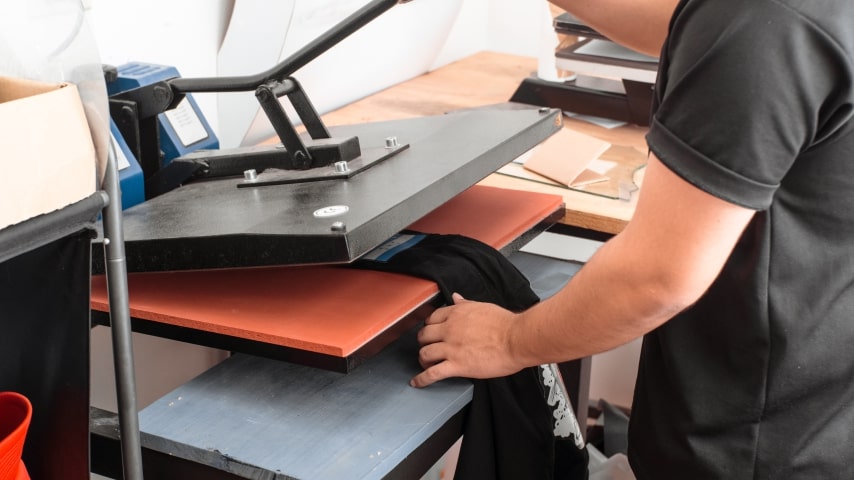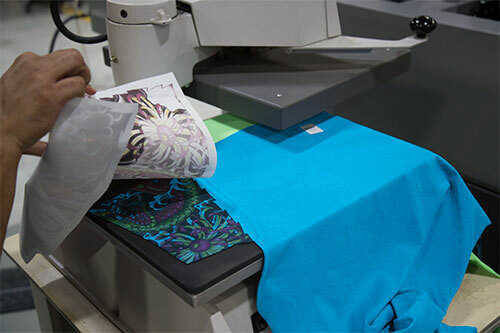Advancements in DTF Printing: Exactly How It's Changing the Sector
The textile printing industry is going through a significant change, driven by the sophisticated developments in Direct-to-Film (DTF) innovation. These developments are not just improving print high quality and versatility yet likewise streamlining the whole printing process. With exceptional ink formulations, enhanced film and sticky modern technologies, and the combination of automation, DTF printing uses lively, durable prints on a range of materials, satisfying the increasing demand for personalization. As services look for much more reliable and eco friendly remedies, the implications of these advancements warrant a closer evaluation into just how they are shaping the future of textile printing.
Improvements in DTF Modern Technology
Progressing rapidly, DTF (Direct-to-Film) printing modern technology has undergone considerable renovations that are changing the fabric sector. Among the most significant developments is the improvement in print quality. Modern DTF printers utilize advanced ink solutions that cause lively, resilient prints with high resolution and shade precision. These inks are especially engineered for compatibility with various textile types, making certain consistent quality despite the material.

Furthermore, improvements in film and sticky modern technologies have boosted the overall application process. New movies supply better elasticity and attachment, enhancing the sturdiness and washability of the printed layouts - sublimation printing. This makes certain that the prints keep their honesty and vibrancy even after several washes
Finally, environmental considerations have actually triggered the growth of green DTF remedies. Suppliers are progressively taking on sustainable methods, such as utilizing water-based inks and recyclable movies, lining up with international efforts to minimize the market's ecological footprint.
Benefits Over Traditional Approaches
When comparing DTF printing to traditional techniques such as display printing and direct-to-garment (DTG) printing, a number of distinct benefits emerge. Branded clothing. Among one of the most considerable benefits is its versatility in fabric compatibility. Unlike display printing, which commonly calls for details fabric types, DTF printing can be applied to a broader variety of materials, consisting of cotton, polyester, and blends, without jeopardizing print high quality
An additional notable benefit is cost-effectiveness, specifically for small to medium-sized orders. Traditional screen printing comes to be financially feasible only at higher quantities as a result of the setup costs involved. In comparison, DTF printing removes these setup costs, making it a lot more cost effective for smaller sets and one-off designs.
Additionally, DTF printing masters durability and washability. The prints generated are robust and preserve their stability with numerous clean cycles, outshining DTG prints that may fracture or discolor over time. Furthermore, DTF printing supplies faster turnaround times. Without the need for comprehensive arrangement, styles can be printed and transferred in a fraction of the time needed for screen printing.

Enhanced Layout Capacities
DTF printing provides improved layout capabilities that establish it apart you can try these out from traditional printing techniques. The process includes printing a layout onto an unique movie, which is then transferred to textile.
Furthermore, DTF printing sustains a large range of textiles, including cotton, polyester, blends, and even non-textile substrates. This flexibility opens up doors for imaginative applications in varied industries such as style, home design, and promotional items. Unlike display printing, which can be restricting due to color separation and stencil production, DTF printing streamlines the process, making photo-realistic and multi-color styles a lot more obtainable.
Additionally, DTF printing succeeds in attaining consistent shade accuracy and vibrancy. In significance, DTF printing empowers designers to press the limits of creative thinking, providing visually spectacular results that were formerly unattainable.
Cost and Time Efficiency
One of the remarkable benefits of DTF printing depends on its cost and time effectiveness, making it a recommended choice for numerous businesses. By eliminating the requirement for display arrangements and substantial pre-production processes, DTF printing considerably decreases initial prices. Unlike traditional methods that need substantial investment in displays and setup times, DTF printing permits direct application onto various materials with marginal prep work. This decrease in arrangement time equates into faster manufacturing cycles, enabling businesses to accomplish orders much more promptly.
Moreover, DTF printing succeeds in creating short runs and customized orders cost-effectively. The capacity to generate premium prints without the need for huge volume commitments lessens waste and optimizes source appropriation. This versatility is particularly useful for small companies and start-ups that may not have the capital to purchase large manufacturing runs.
In terms of operational efficiency, DTF printing's streamlined operations enhances general performance. Therefore, DTF printing stands out as a transformative remedy in the printing sector.
Future Trends in DTF Printing
Anticipating future trends in DTF printing reveals a landscape noted by fast technological developments and enhanced market demand (screen printing). visit here One considerable pattern is the integration of expert system (AI) and equipment understanding algorithms to enhance print quality and streamline operations. AI-driven systems can forecast possible issues and readjust settings in real-time, making sure constantly premium output
In addition, innovations in sustainable materials and eco-friendly inks are anticipated to get grip. As ecological problems come to be extra important, the market is likely to see a change in the direction of eco-friendly and non-toxic inks, decreasing its eco-friendly impact.
Modification and personalization will certainly also play an essential role. With the expanding consumer need for special, personalized products, DTF printing technologies are developing to supply more comprehensive and elaborate personalization alternatives. This fad is supported by improved software services that enable for more complex and innovative layouts.
Last but not least, the assimilation of DTF printing with various other digital systems and ecommerce services will certainly end up being more smooth. This connection will certainly make it possible for organizations to provide on-demand printing solutions straight to consumers, additionally driving growth in the industry. These trends jointly highlight a future where DTF printing not just satisfies however goes beyond the developing requirements of the market.
Conclusion

When comparing DTF printing to traditional techniques such as display printing and direct-to-garment (DTG) find out here now printing, numerous distinctive advantages emerge. Unlike screen printing, which frequently needs specific fabric kinds, DTF printing can be used to a wider range of products, including cotton, polyester, and blends, without endangering print top quality.
DTF printing offers improved layout capacities that set it apart from traditional printing approaches. Therefore, DTF printing stands out as a transformative solution in the printing industry.
Technologies in DTF printing significantly improve the textile printing market by providing superior print effectiveness, flexibility, and high quality.